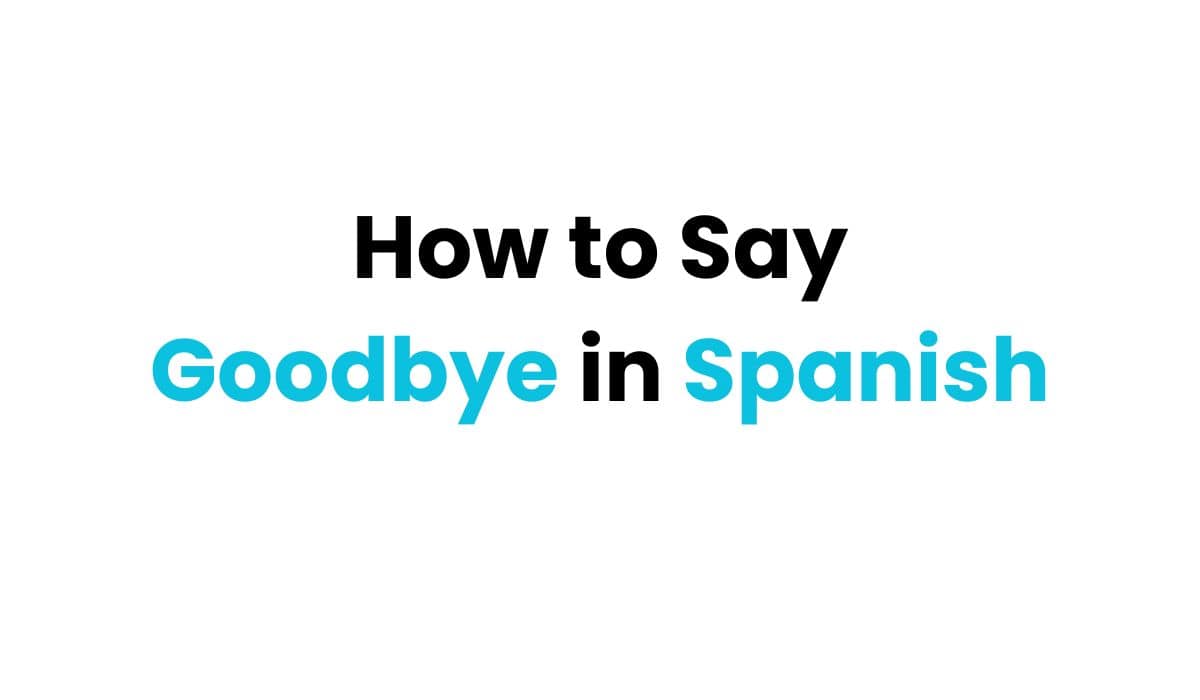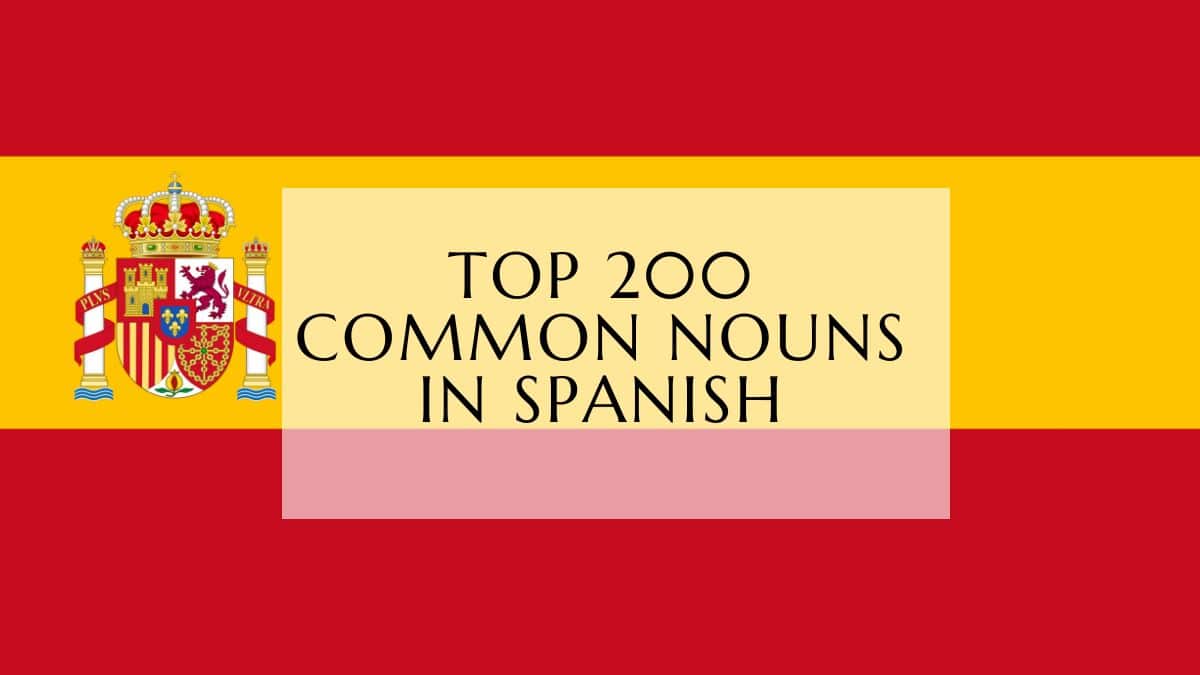Saying goodbye, or “despedir(se)” in Spanish, is key to the language and culture. It shows how you feel when you part ways with someone. This guide will cover the most common Spanish goodbye phrases and when to use them.
The top way to say “goodbye” in Spanish is adiós. It’s informal and used everywhere in Spain and Latin America. But, there are other options for different situations, like chau or chao with family and friends.
Knowing how to say goodbye in Spanish can make you more confident. It helps you leave a good impression on others. So, let’s look at all the ways to say “goodbye” in Spanish.

Different Ways to Say Goodbye in Spanish
Learning how to say “goodbye” in Spanish is key for both formal and casual talks. The most common word is adiós. But, there are many other polite and casual ways to say goodbye, depending on who you’re talking to.
Formal Farewells
In formal or professional settings, like talking to strangers or bosses, use phrases like hasta luego (“see you later”) and que esté(s) muy bien (“that you will be very well”). Also, que tengas un buen día (“have a good day”) is good. These formal spanish goodbyes and polite spanish goodbyes show respect and politeness.
Informal Farewells
With close friends and family, use informal spanish goodbyes and casual spanish goodbyes like adiós and chao (from Italian ciao). These casual farewells show closeness and are perfect for relaxed, familiar settings.
| Formal Spanish Goodbyes | Informal Spanish Goodbyes |
|---|---|
| Hasta luego | Adiós |
| Que esté(s) muy bien | Chao |
| Que tengas un buen día | Nos vemos |
Knowing the different formal spanish goodbyes, polite spanish goodbyes, informal spanish goodbyes, and casual spanish goodbyes helps you in various social situations. It also leaves a positive impression.
Saying Nos Vemos (See You Soon)
When it’s time to say goodbye, nos vemos is a friendly choice. It means “see you” and suggests you’ll meet again soon. This could be tomorrow, next week, or whenever.
Other options like hasta luego and hasta la próxima also mean you’ll see each other again. These phrases are popular in Latin America. They make goodbyes feel more casual and open.
Recent studies show Spanish speakers use “nos vemos” more than “see you.” Saying adiós might sound too final. But “nos vemos” implies you’ll meet again, making it a positive way to say goodbye.
So, when you say nos vemos, hasta luego, or hasta la próxima, you’re using a common and fitting goodbye in Spanish.
Goodbye in Spanish for Long Trips
When it’s time to say goodbye to your loved ones before a long trip, Spanish offers many heartfelt options. The most common phrase is adiós, which simply means “goodbye.” It works well in both formal and informal settings, making it a great choice for any farewell.
For a more personal touch, consider saying cuídate mucho, which means “take care of yourself.” This shows you care about their well-being while you’re away. Another option is que te vaya bien, which means “good luck” or “I hope things go well for you.” It wishes them a successful and safe journey.
If you want to express how much you’ll miss them, te echaré de menos is a heartfelt choice. It means “I will miss you.” This lets your loved ones know how much they mean to you, even when you’re apart.
Choosing any of these spanish goodbyes for long trips and how to say goodbye in spanish before a trip shows care and support. They also express the hope of seeing each other again soon.
Hurried Goodbyes in Spanish
When you’re in a rush to leave, there are quick Spanish goodbyes you can say. Adiós is like saying “bye” in English. You can also say tengo prisa (“bye, I’m in a hurry”) to show you’re in a hurry.
In Mexico, people often hug and kiss when saying hello or goodbye. But for a quick goodbye, just say estoy de afán (“I’m in a hurry”) or me voy (“I’m leaving”). These phrases help you leave fast without saying too much.
Phrases like Ándale, que le vaya bien! (“Alright, have a good day!”) are great for quick, casual goodbyes. They show you’re in a hurry but still polite.
| Informal Spanish Goodbye Phrases | Meaning |
|---|---|
| Adiós | Goodbye |
| Tengo prisa | Bye, I’m in a hurry |
| Estoy de afán | I’m in a hurry |
| Me voy | I’m leaving |
| Ándale, que le vaya bien! | Alright, have a good day! |
Using these informal goodbyes lets you leave quickly and still be polite. You don’t have to worry about being rude when you’re in a hurry.
Wishing a Nice Day in Spanish
Saying “have a nice day” in Spanish is a polite way to end a chat. You can use it with friends, coworkers, or even strangers. There are many phrases to choose from, each with its own feel.
Common Phrases
Here are some popular ways to wish someone a nice day in Spanish:
- Que tengas un buen día (“Have a good day”)
- Que vaya bien (“May it go well”)
- Que te vaya bien (“I hope things go well for you”)
- Feliz día (“Happy day”)
- Bonito día (“Lovely day”)
These phrases work in both formal and casual settings. For instance, Que tengas un buen día is more formal. On the other hand, Que te vaya bien is more casual and friendly.
When wishing many people a nice day, you use the second-person plural form. For example, Que tengan un buen día (“Have a good day”) or Que les vaya bien (“I hope things go well for all of you”).
These wishes are a nice way to end a conversation. They show you care about the other person’s day. Whether you say adiós (“goodbye”), hasta luego (“see you later”), or feliz día (“happy day”), you’ll leave a good impression.
Keeping in Touch Goodbyes
When you say goodbye, you can use Spanish phrases to show you want to stay in touch. For example, te veo al rato (“I’ll see you in a bit”), seguimos en contacto (“let’s stay in touch”), and hasta la próxima (“until next time”). These phrases mean you hope to see the other person again soon.
Using these how to say goodbye and keep in touch in spanish phrases shows you want to reconnect. They keep the conversation friendly and hopeful. Whether it’s a friend or someone new, these spanish phrases for staying in touch make the goodbye positive. They also prepare the ground for future meetings.
Adding these goodbyes to your Spanish talks can make relationships stronger. Even when you’re far apart, you can stay connected. By choosing these thoughtful expressions, you show you care and want to keep the relationship alive.
Oualid Cheddadi is the founder of Lingualid, a platform that inspires independent language learners worldwide, regardless of the language they are learning. The name “Lingualid” is derived from the Portuguese word for “language,” “língua,” and the last three letters of Oualid’s name, “Lid.”



